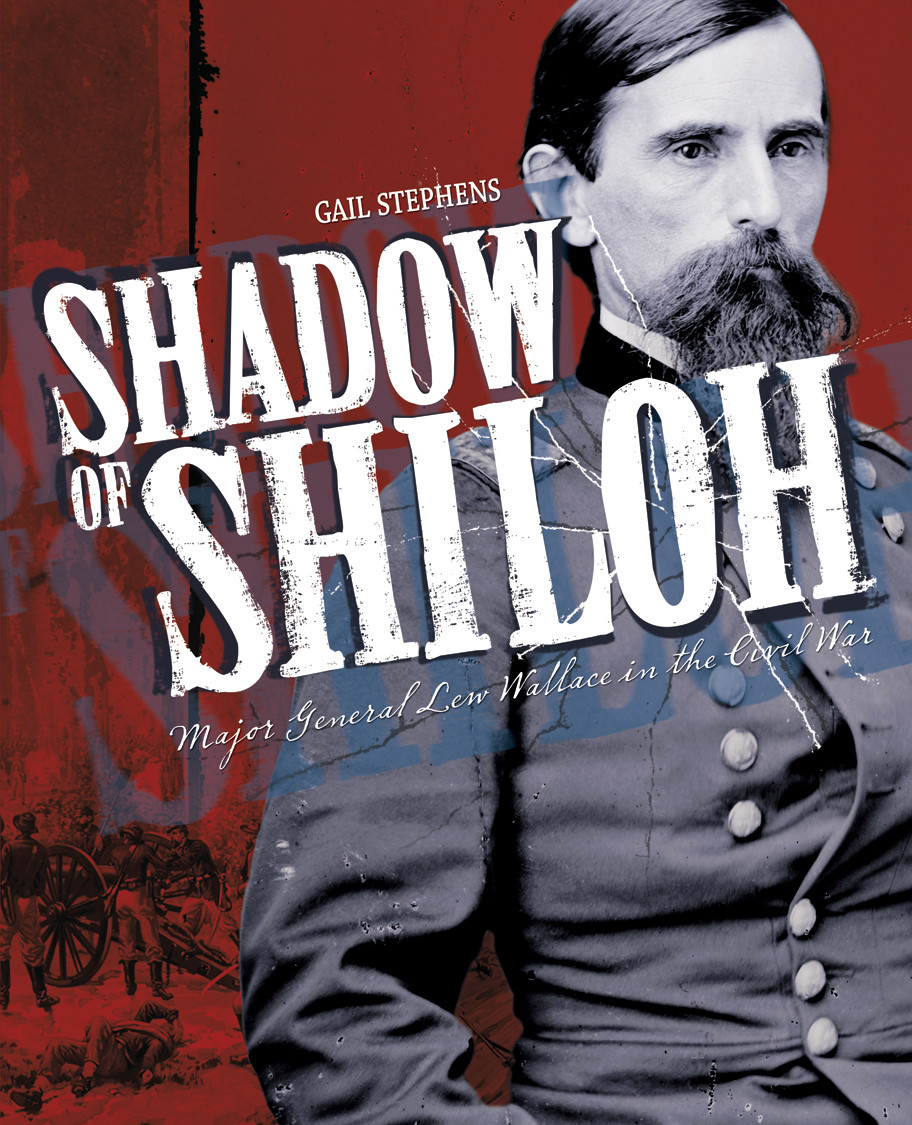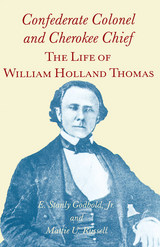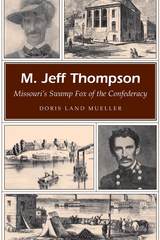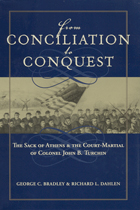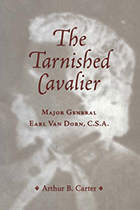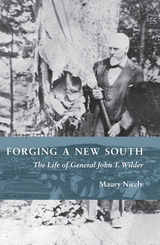Shadow of Shiloh: Major General Lew Wallace in the Civil War
Indiana Historical Society Press, 2010
eISBN: 978-0-87195-332-2 | Cloth: 978-0-87195-287-5
Library of Congress Classification E467.1.W2S74 2010
Dewey Decimal Classification 355.0092
eISBN: 978-0-87195-332-2 | Cloth: 978-0-87195-287-5
Library of Congress Classification E467.1.W2S74 2010
Dewey Decimal Classification 355.0092
ABOUT THIS BOOK | AUTHOR BIOGRAPHY | TOC
ABOUT THIS BOOK
Thirty-two years after the battle of Shiloh, Lew Wallace returned to the battlefield, mapping the route of his April 1862 march. Ulysses S. Grant, Wallace's commander at Shiloh, expected Wallace and his Third Division to arrive early in the afternoon of April 6. Wallace and his men, however, did not arrive until nightfall, and in the aftermath of the bloodbath of Shiloh Grant attributed Wallace's late arrival to a failure to obey orders. By mapping the route of his march and proving how and where he had actually been that day, the sixty-seven-year-old Wallace hoped to remove the stigma of "Shiloh and its slanders." That did not happen. Shiloh still defines Wallace's military reputation, overshadowing the rest of his stellar military career and making it easy to forget that in April 1862 he was a rising military star, the youngest major general in the Union army.
Wallace was devoted to the Union, but he was also pursuing glory, fame, and honor when he volunteered to serve in April 1861. In Shadow of Shiloh: Major General Lew Wallace in the Civil War, author Gail Stephens specifically addresses Wallace's military career and its place in the larger context of Civil War military history.
Wallace was devoted to the Union, but he was also pursuing glory, fame, and honor when he volunteered to serve in April 1861. In Shadow of Shiloh: Major General Lew Wallace in the Civil War, author Gail Stephens specifically addresses Wallace's military career and its place in the larger context of Civil War military history.
See other books on: Campaigns | Civil War | Shadow | Soldiers | United States. Army
See other titles from Indiana Historical Society Press
